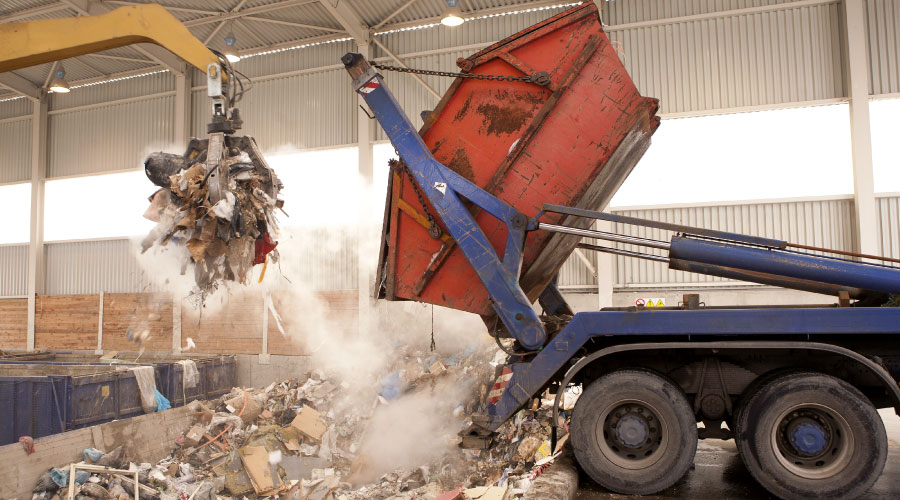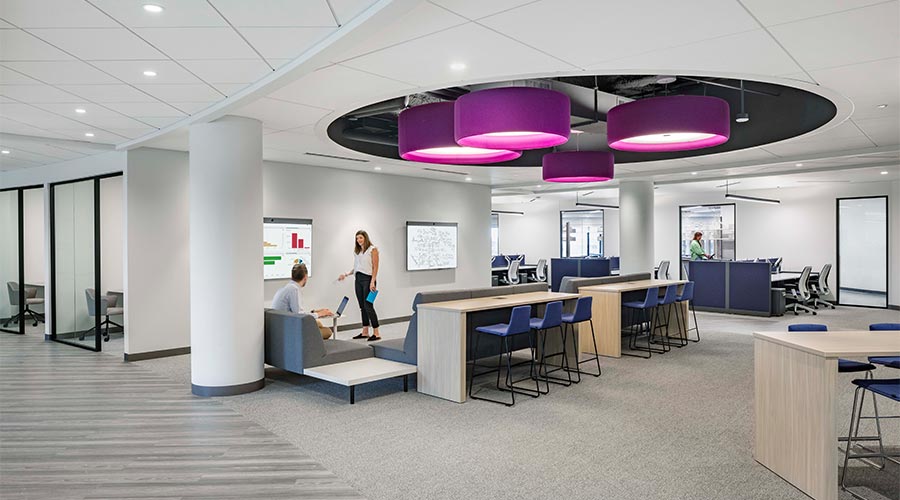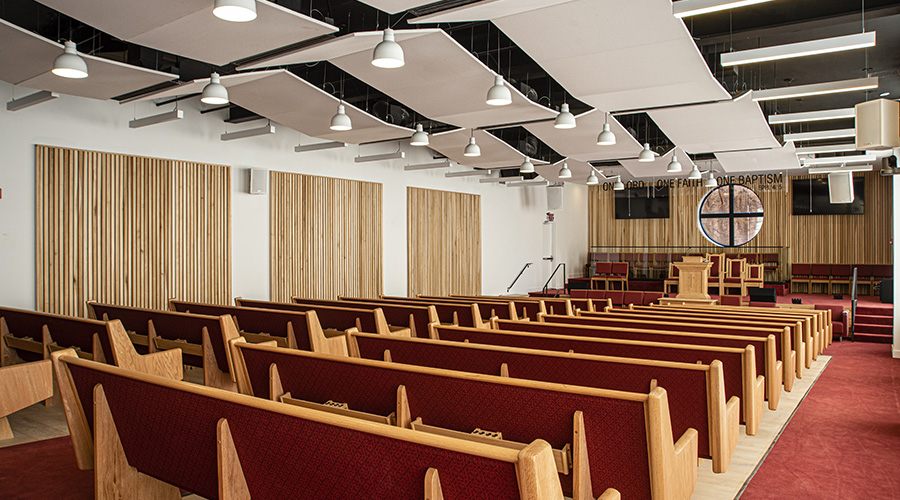Renovation Planning: How to Avoid Security, Fire Safety, and Other Code Issues
For renovation projects, an indepth analysis of code compliance can identify problems even before the project budget is set.
An advance code compliance check can identify security and life safety problems, as well as other codes issues, and give facility managers a chance to adjust budgets and construction plans in advance. The code compliance check is especially important when the renovation will mean a change in the use of the space.
Data/Security/Life Safety Systems
The hardest infrastructure to document is low voltage cabling for data transfer and security devices. The cables are not documented on drawings, and rarely is this information retained. Often the owner runs the cabling after the contractors have departed. Instead of using cable trays, which organize how cables are run, cables are simply placed on top of the ceiling grid, and often tangle. This requires the team to manually inspect each cable to trace it to its origin and destination.
In commercial buildings, the walls may not extend up to the deck for ratings. The original drawings show a two-hour fire rating, but this may no longer be the case. The compliance team may discover that a fixture was installed at some undetermined time because there is a hole in the ceiling above the gyp board, and the ceiling is no longer fire rated. This kind of casual change in infrastructure needs to be factored in advance and is more common in commercial buildings where there is not a facilities group to oversee such changes.
Turning to institutional buildings, security must be a priority. In the milieu following the Oklahoma City bombing and the 9-11 attack, all vehicles must be kept at a safe distance from the building. At risk were any buildings that allowed a truck to pull up under a canopy. To reroute traffic away from the building, it is costly to rebuild roads and modify parking. A more cost-effective solution is to install a series of bollards to prevent vehicles from getting close to the building and to turn the area immediately surrounding the building into a pedestrian plaza. Creatively placed sculptures could be installed instead of bollards to protect a security belt around the building.
In healthcare facilities, the life safety requirements are stringent. Med gas installations must be verified. Rooms containing flammable materials, such as linens, must be fire rated, along with the doors to those rooms. Mechanical systems, such as air handling units, may need to be updated to support the new demands created by a renovation. At one facility, a soiled workroom was added to satisfy facility guidelines. The guidelines also stipulated that 100 percent of the air in the room had to be replaced over a certain period of time. This required the installation of a new unit on the roof and the running of extensive ductwork, all of which constituted an enormous additional expense that was not derivable from the existing drawings. A code compliance pre-check could have avoided this risk.
Change in Functionality
Change of functionality nearly always poses a risk of violating code. For example, in healthcare, a change in functionality might include an office wing of a hospital, originally configured for faculty and staff, being converted to a nursing unit with patients, or conversely, a patient area being converted to an office area. The drawings may still show the original usage.
In another scenario, a large storage room — in which the fire sprinklers were all aimed at the ceiling instead of the floor — had been converted to a meeting room that would seat 100 people. Pre-code check not only revealed that a lay-in ceiling was added which covered the fire sprinklers, but also discovered that the sprinklers were not redirected downward to the meeting room.
Consider a healthcare infrastructure scenario. For a renovation of a nursing unit of a particular type, facility guidelines require one soiled room, one clean room, and one nourishment room. The compliance team must first determine if the required rooms already exist. If they do not, the rooms must be added to the design and steps taken to ensure that supporting infrastructure is in place. For example, a soiled room requires plumbing for its sink, so the inspection team must locate the existing plumbing before it can create a plan for this room.
Another hospital had to address a code change that required hand sinks in a patient room. This requirement triggered putting a hand sink in every patient room in the main wing and adding plumbing infrastructure where none had existed previously. By anticipating the next project, a more creative, cost-effective solution was used in the hospital’s other wing. With the help of nursing staff, the patient population was re-configured so that only sinks had to be added to four rooms at end of the unit. By changing the way the remaining patient rooms were defined, they avoided the sink requirement in those rooms.
Change in Load Analysis
In another example, a disaster waiting to happen was uncovered. A renovation was proposed for a building next to a library that was equipped with high-density shelving — very heavy racks containing books that moved back and forth on tracks. The tracks were originally installed on a slab that was not rated to support a heavy moving load, and so the floor would likely have eventually collapsed. The only remediation for this risk was to install supporting columns on each floor that extended all the way down to the foundation. It is doubtful that this addition to the project budget would have been discovered without a pre-code compliance check.
Scott Heywood, AIA, LEED AP, is director, Ghafari Birmingham office, and can be reached at sheywood@ghafari.com.
Related Topics:











